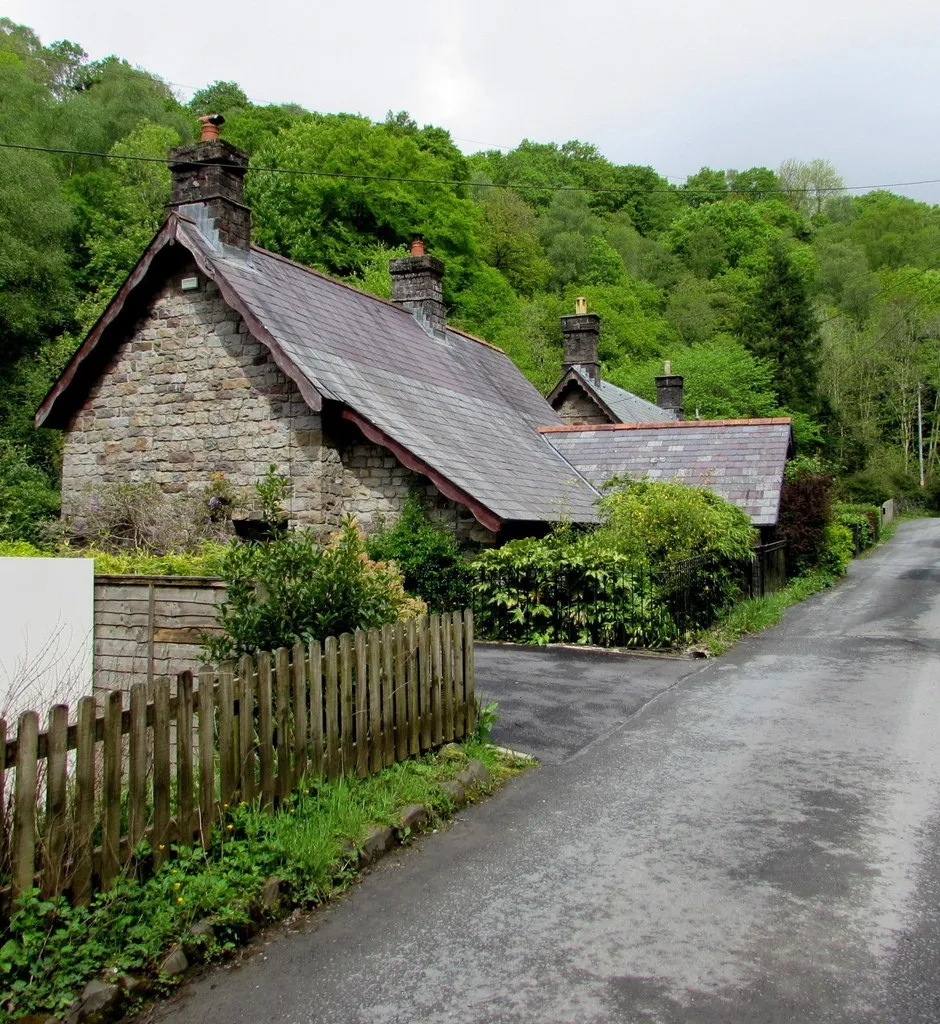
When it comes to roofing, there’s a world of options and styles to choose from. One of the most common and enduring choices is the pitched roof.
But what exactly is a pitched roof, and why might it be the right choice for your home or building? Let’s learn more.
What is a Pitched Roof?
A pitched roof is a type of roof that slopes downwards, typically in two parts at an angle from a central ridge. This design is in contrast to a flat roof, which, as the name suggests, is level or nearly so.
The roof’s slope or ‘pitch’ can vary, but this distinctive angle sets pitched roofs apart.
Why Choose a Pitched Roof?
There are several reasons why pitched roofs have stood the test of time. Here are a few key benefits:
- Weather Resistance: The sloping design of a pitched roof allows for efficient water runoff, reducing the risk of water damage and leaks. This makes them an excellent choice for areas with heavy rainfall or snow.
- Longevity: Pitched roofs, especially those made from durable materials like slate or tile, can last for many decades with proper maintenance.
- Aesthetic Appeal: Pitched roofs offer a classic, timeless look that can enhance the curb appeal of a home or building.
- Additional Space: The space under a pitched roof can be used for storage or converted into a loft or attic room, adding valuable living space.
Types of Pitched Roofs
There are several types of pitched roofs, each with its advantages and aesthetics:
Gable Roofs
Gable roofs are the most common type of pitched roof. Their triangular shape easily recognizes them. This design allows for easy water runoff and provides ample space for an attic or vaulted ceilings.
Hip Roofs
Hip roofs have slopes on all four sides. The sides are all equal in length and come together at the top to form a ridge. Their design provides more stability than gable roofs, making them an excellent choice for windy regions.
Mansard Roofs
Mansard roofs, also known as French roofs, are characterized by their double slope on each side, with a steeper lower slope. This design maximizes the living space within the roof structure, making it a popular choice for homeowners who want to maximize their interior space.
Gambrel Roofs
Gambrel roofs are similar to mansard roofs but with only two sides. They are often seen on barn-style homes and are characterized by two slopes on each side, the lower one steeper. This design provides a large amount of attic space.
Saltbox Roofs
Saltbox roofs are a distinctive type of gable roof with one side longer than the other. This asymmetrical design provides more interior space on one side of the building, often used for a first-floor lean-to extension.
Shed Roofs
Shed roofs, also known as lean-to or pent roofs, are single-sloped roof surfaces, often used for additions or with other roof styles. Their simple design makes them easy to construct and cost-effective.
Butterfly Roofs
Butterfly roofs are a modern style characterized by two tandem pieces that meet in the middle and slope outward, creating a ‘butterfly’ wing effect. This design allows for larger windows and, consequently, more natural light.
A-Frame Roofs
A-Frame roofs are shaped like the letter ‘A,’ with walls that begin near the foundation and meet at the top. This design is often seen in cottages and smaller homes, allowing for a dramatic, open interior space.
Bonnet Roofs
Bonnet roofs, also known as kicked-eaves, are a variation of the hip roof style, with the lower portion sloping out further than the upper portion. This design provides extra coverage for outdoor areas and adds a unique architectural flair.
Sawtooth Roofs
Sawtooth roofs are a series of ridges with dual pitches on each side, resembling the side profile of a saw blade. This design is often used in industrial buildings and is becoming increasingly popular in modern residential architecture for its unique aesthetic.
Jerkinhead Roofs
Jerkinhead roofs, also known as clipped gable or hipped gable roofs, are a hybrid of gable and hip roofs. The ends of the gable are turned inward, reducing the risk of wind damage. This design provides more stability and attic space than a traditional gable roof.
Dutch Gable Roofs
Dutch gable roofs, or gablet roofs, are a blend of a hip roof and a gable roof. The gable portion sits on top of the hip roof, providing additional space in the attic and adding visual interest to the home’s exterior.
Conclusion
In conclusion, pitched roofs are a versatile and durable choice for any building. They offer excellent weather resistance, aesthetic appeal, and the potential for additional living space.
Whether building a new home or considering a roof replacement, a pitched roof perfectly fits your needs.
